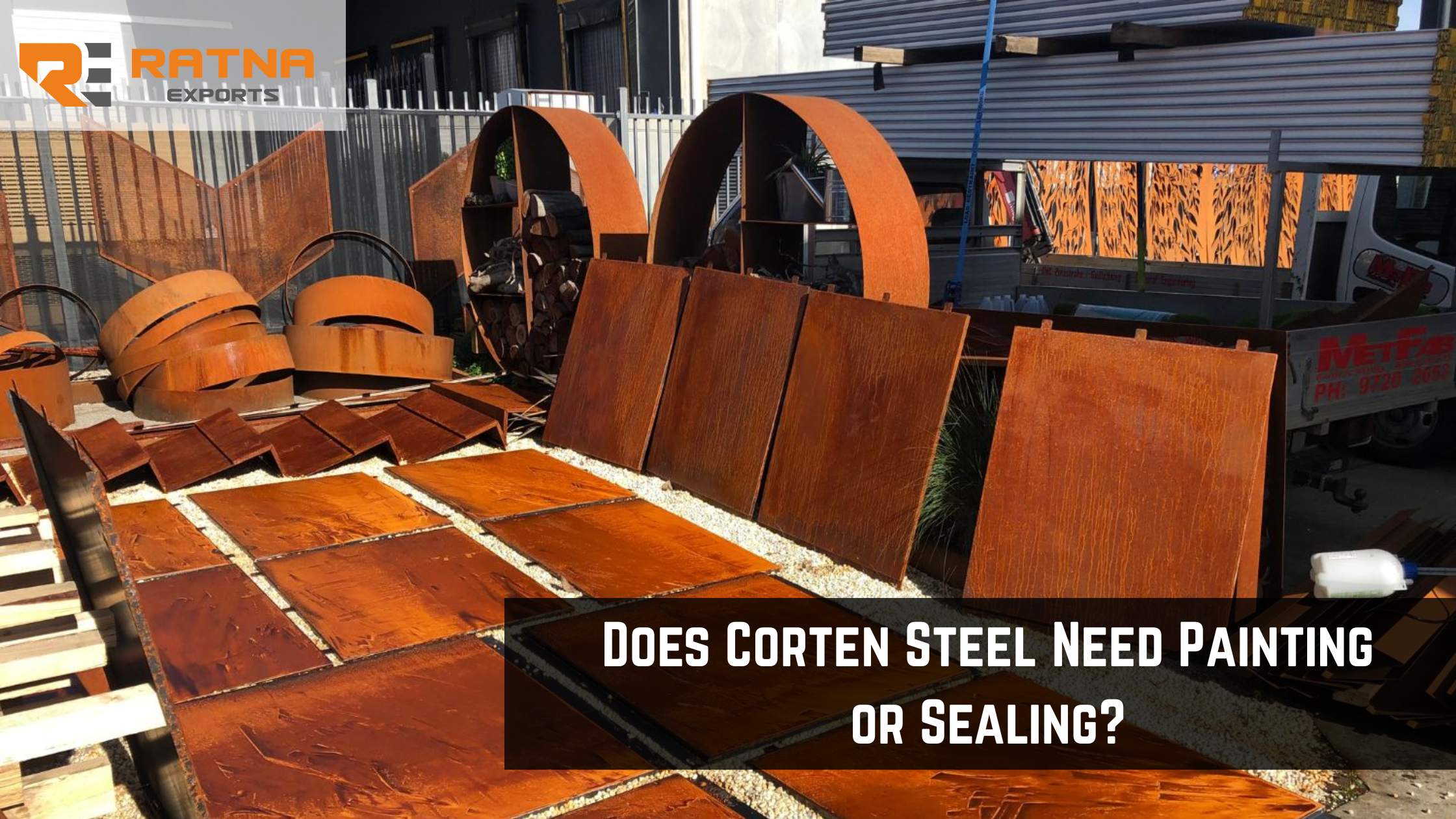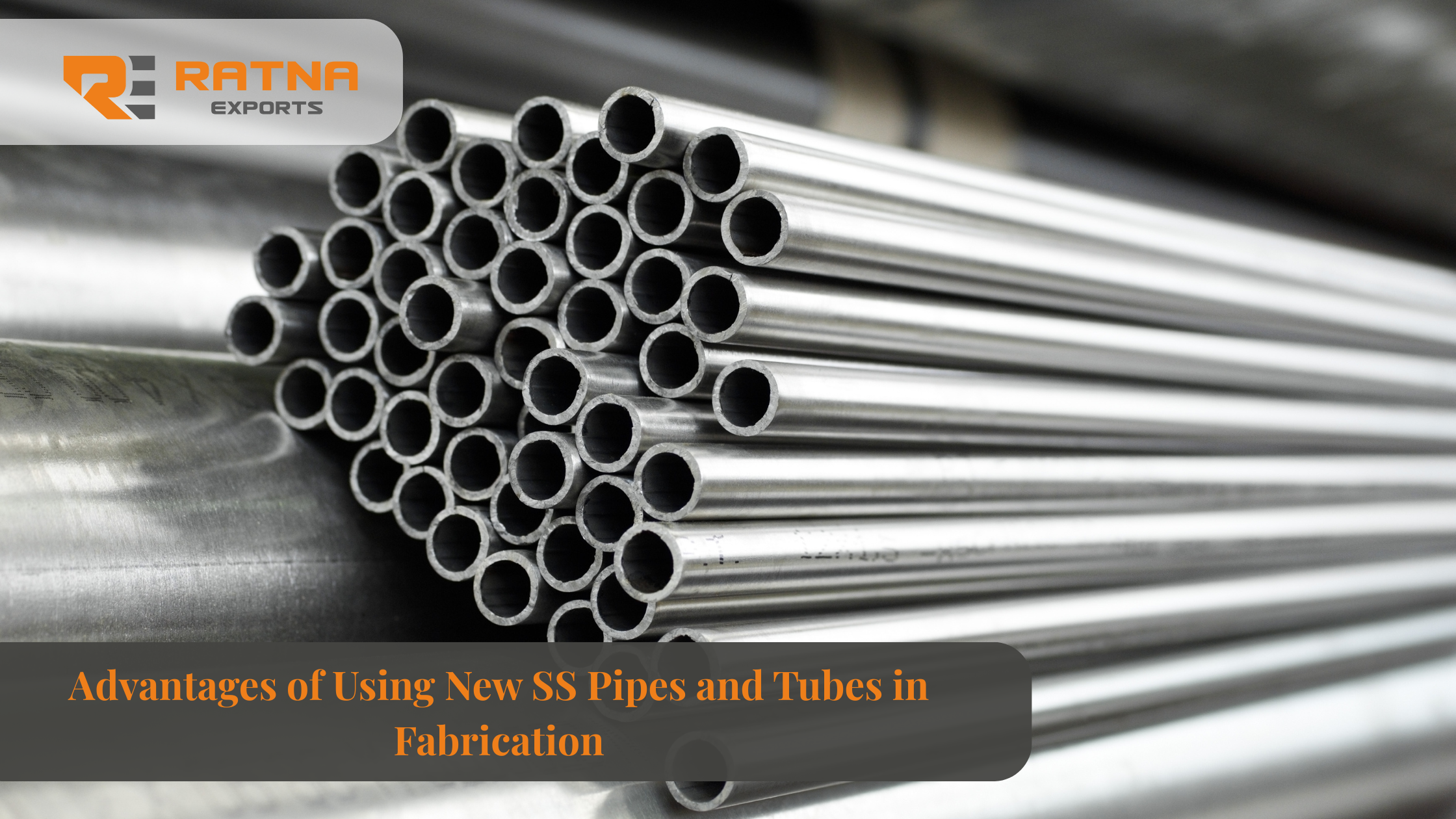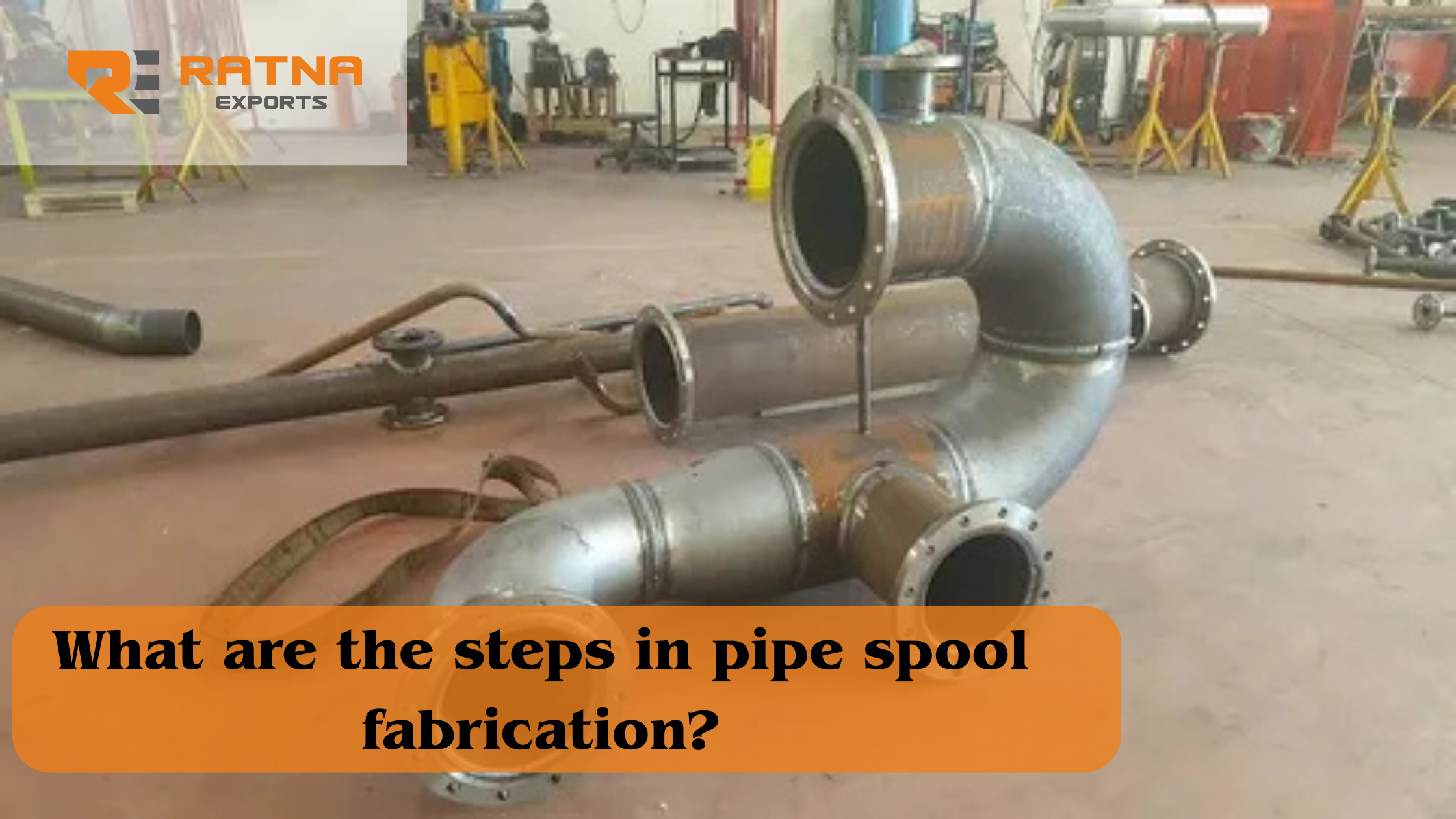No, Corten steel is designed to naturally form a stable, protective rust layer over time. In standard outdoor settings, this eliminates the need for painting or sealing. However, in aggressive environments, adding a barrier coating can help preserve its structure and appearance.
What is Corten Steel and How It Works
Corten steel, also called weathering steel, is made to form a rust-like layer on its surface. This layer, called a patina, protects the steel underneath from further corrosion. When exposed to air and moisture, the steel begins to rust. But unlike regular steel, the rust doesn’t keep eating away at the metal. Instead, it forms a tough, stable coating that seals the surface. Over time, this layer builds up and protects the steel from damage, even in outdoor use.
Why Corten Steel Typically Doesn’t Require Paint or Sealant
Corten steel is built to be left bare. The rust-like patina is more than just a look it’s what keeps the steel safe. If you paint or seal Corten, you block the air and moisture it needs to form the protective layer. In dry areas or places with normal rain and sun, coatings do more harm than good. The steel is meant to age naturally. Sealing it may trap moisture underneath and lead to faster damage. That’s why in most settings, paint or sealants are not needed or recommended.
Situations Where Sealing or Painting Corten Steel Makes Sense
There are some environments where the natural patina can’t form correctly. In these cases, sealing or painting Corten can help.
Coastal or Marine Environments
Salt in the air speeds up corrosion. It can stop the patina from forming or cause it to break down. Over time, this weakens the steel. A clear sealer or protective paint can stop salt from eating into the surface. In coastal zones, coatings are often needed to keep the steel strong and stable.
Humid or Polluted Urban Areas
Air pollution and acid rain can harm the weathering layer. These elements may wear away the patina faster than it can form. In cities with high smog or frequent acid rain the steel may not hold up well on its own. A clear sealant helps protect both the surface and the structure beneath it.
Indoor Use or Covered Installations
Corten steel needs cycles of wet and dry weather to form the patina. If it’s used indoors or under a roof, it won’t get enough exposure to develop its protective coat. In these cases, sealing the steel after pre-weathering keeps the look and prevents future corrosion.
Aesthetic or Runoff Concerns
The rust from Corten steel can stain nearby materials. It can drip down and leave marks on concrete, stone, or other surfaces. To avoid this, many builders apply a clear sealer not to protect the steel, but to keep the rust from spreading. This is common in architecture and landscape design.
Types of Sealants and Paints for Corten Steel
Not all coatings work with weathering steel. The right products keep the look and offer protection when needed.
Clear Sealers
These are often acrylic, urethane, or silane-siloxane based. They don’t change the color of the steel and help keep the patina in place. They reduce runoff and offer some corrosion resistance in harsh settings.
Paint Systems
Some industrial uses may need full paint systems. This includes epoxy primers with polyurethane topcoats. These are strong and last in tough environments. But painting Corten removes its main benefit, the natural weathering process.
Alternatives to Painting: Pre-Weathered Corten Steel
For designs that require a specific color or appearance, pre-weathered Corten is a good choice. These steel panels are pre-treated to produce a consistent rust finish. They can then be sealed to maintain a consistent color and stop runoff. This is common in buildings, signs, and artwork where appearance is key and conditions don’t allow natural weathering.
Pros and Cons of Painting or Sealing Corten
Pros:
- Prevents rust stains on nearby surfaces
- Slows corrosion in harsh or polluted areas
- Helps maintain a uniform finish
Cons:
- Stops the natural protective patina from forming
- Needs upkeep over time
- Paint can peel or trap moisture if not applied correctly
Conclusion
In most outdoor conditions, Corten steel works best when left uncoated. Its natural rust layer protects it and gives it a unique look. But in places with salt, pollution, or no weather exposure, sealing or painting may help. When coatings are used, they should be chosen and applied with care. Corten’s value lies in its self-protecting surface. Let it work as designed unless the setting truly demands otherwise.




